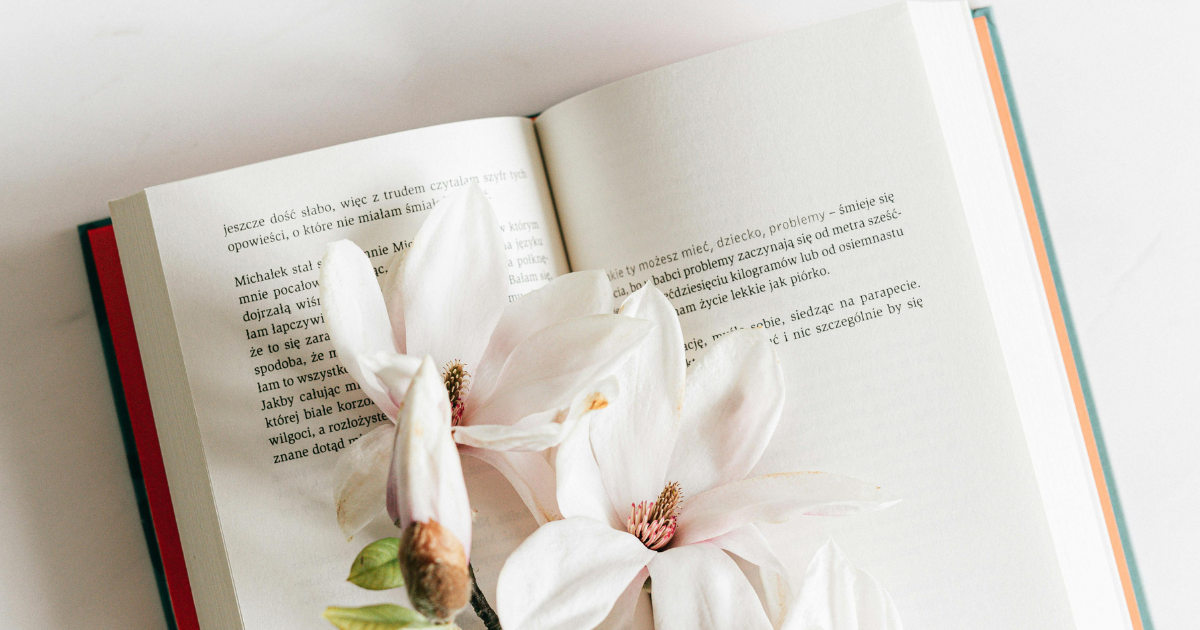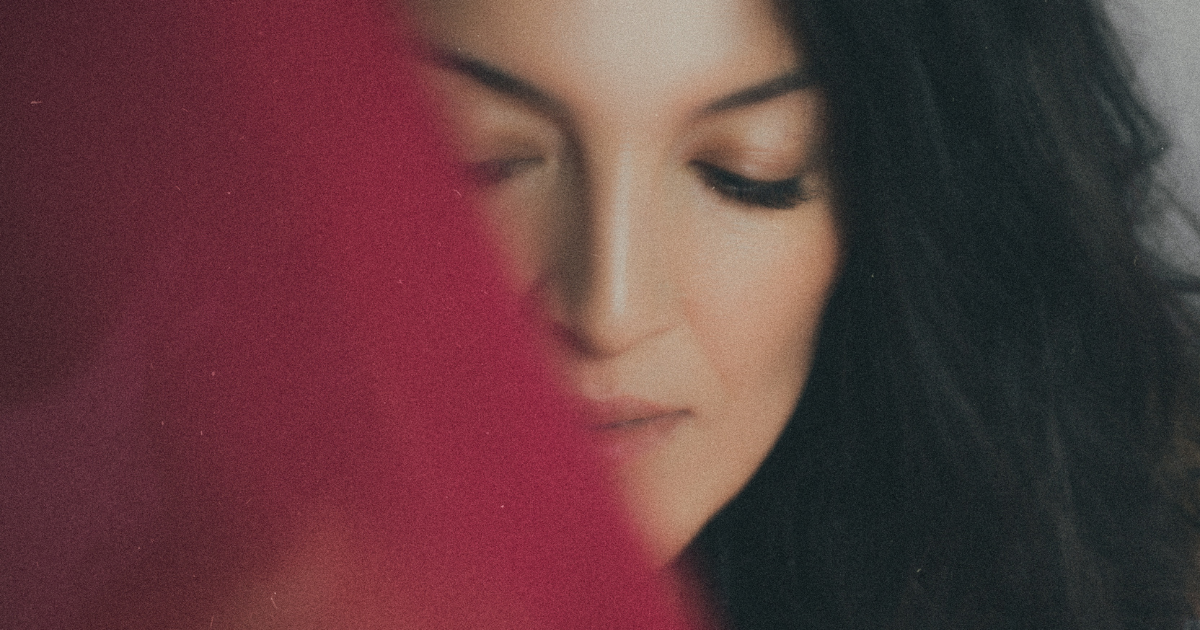How the International Biennale was held in Tashkent
The 10th Tashkent International Biennale of Contemporary Art: Interviews with participants and winners
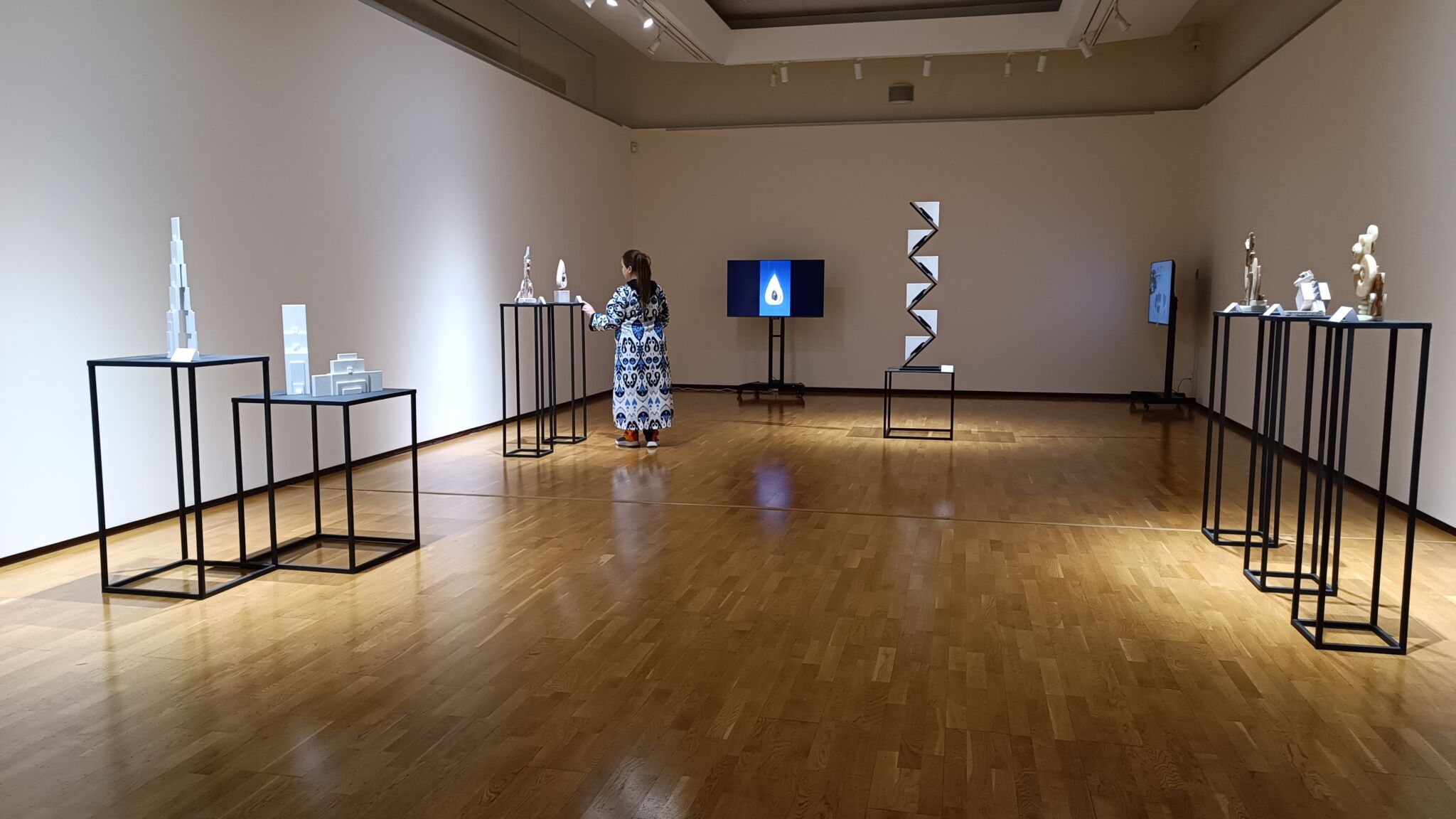
From October 14 to 18, 2024, the city of Tashkent hosted the 10th International Biennale of Contemporary Art. The event's central theme was the juxtaposition of art and the world. Exhibits across several venues in the city showcased various genres: installations, video art, performance, sculpture, graphics, and painting. Over 120 pieces of art were displayed in total.
The biennale gathered artists and curators from Uzbekistan and abroad, representing countries like the United Kingdom, Australia, Italy, the United States, France, Romania, Japan, India, Kazakhstan, Azerbaijan and others.
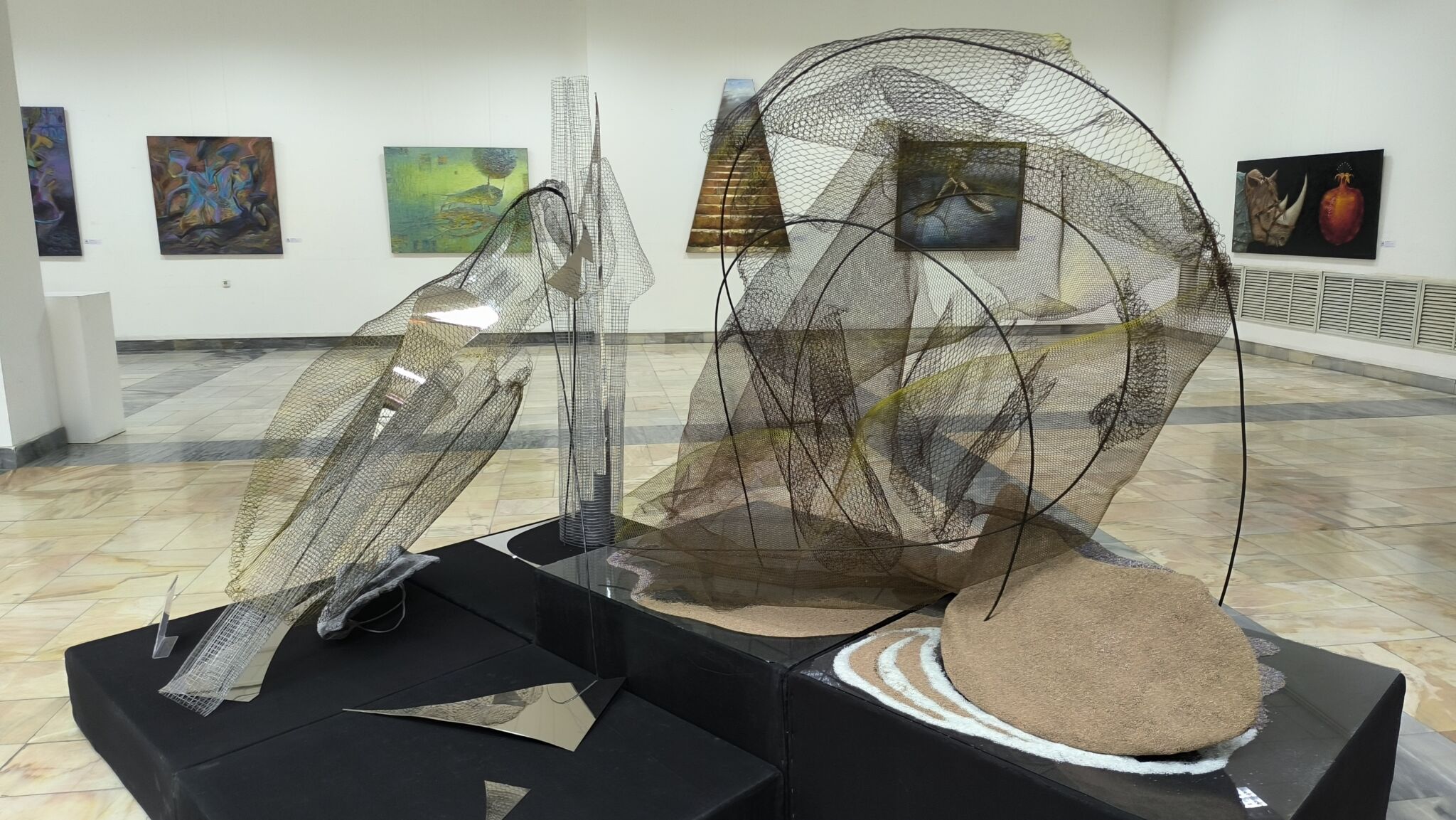
Photo provided by the press service of the Academy of Arts of Uzbekistan. Photo by A.Nikolayev
Participants of the biennale were engaged in various masterclasses and attended an international conference on the theme "Art and the World." The discussions provided a platform for analyzing the role of contemporary art as a unifying force among nations, highlighting the enduring values that art has conveyed throughout history.
The works of foreign participants were united by a common theme but interpreted through diverse forms and directions of contemporary art. The exhibition explored art’s role in today’s world, its interactions with society, and the search for harmony between them. The variety of subjects, forms, and color palettes reflected the complexity of these themes.
One standout installation, "The Last Cry" by London artist Yunus Safardiyar, vividly expressed humanity’s struggle to break free from prejudice and misunderstandings about the fundamental principles governing the world.
Safardiyar’s work symbolizes the quest for inner peace, compassion, and faith. In an era of global upheaval, the renewal of human values seems like an almost impossible task, yet people continue to invest their hope and faith in this final chance for redemption.
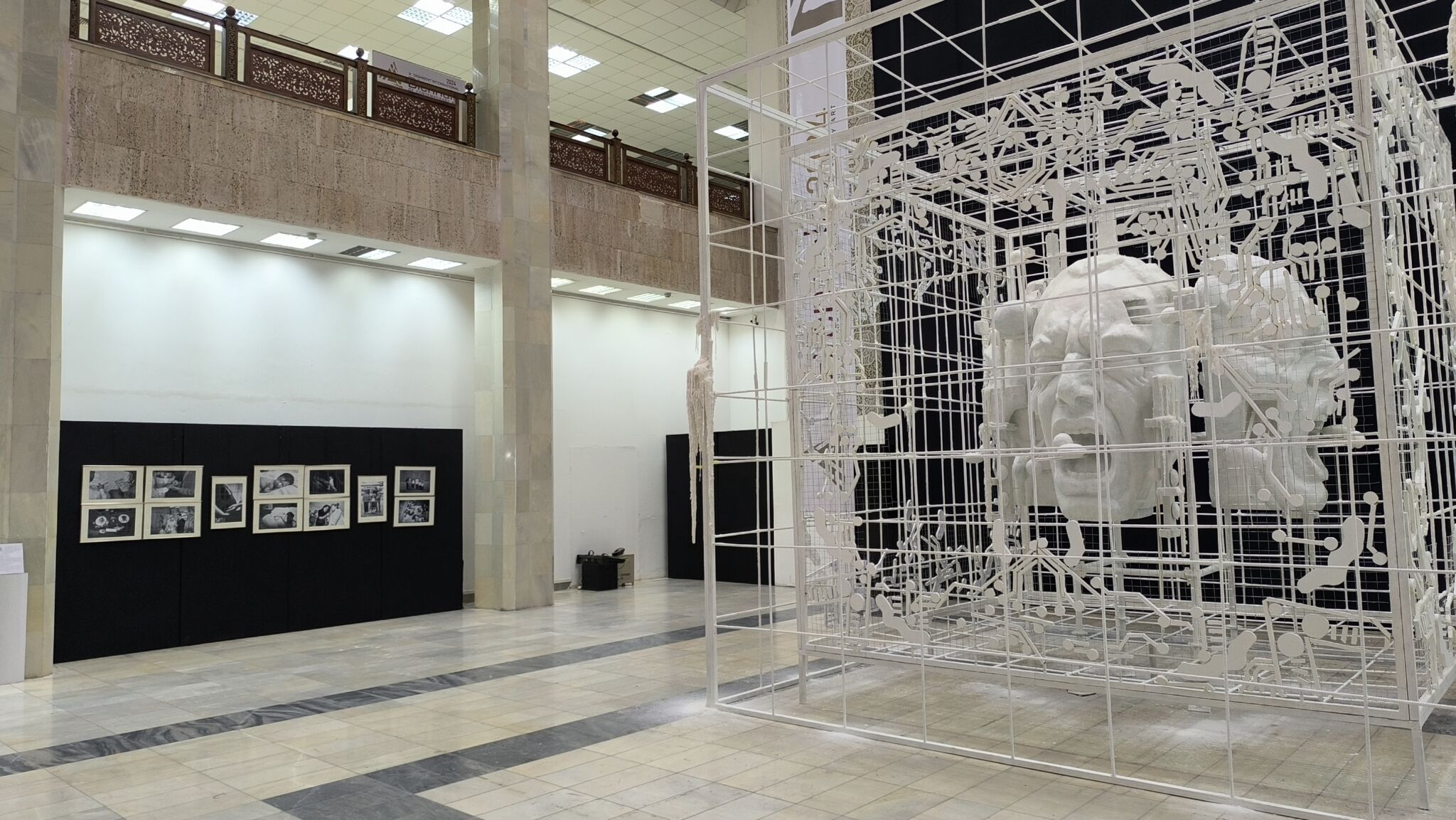
Photo provided by the press service of the Academy of Arts of Uzbekistan. Photo by A.Nikolayev
The editorial team of ELLE O'zbekiston conducted interviews with laureates and participants of the 10th International Biennale, who shared their thoughts and experiences from the event.
Rushana Alimova – a young artist who took first place, showcased her talent and distinctive minimalist style. Her works have been featured in numerous exhibitions and youth art festivals:
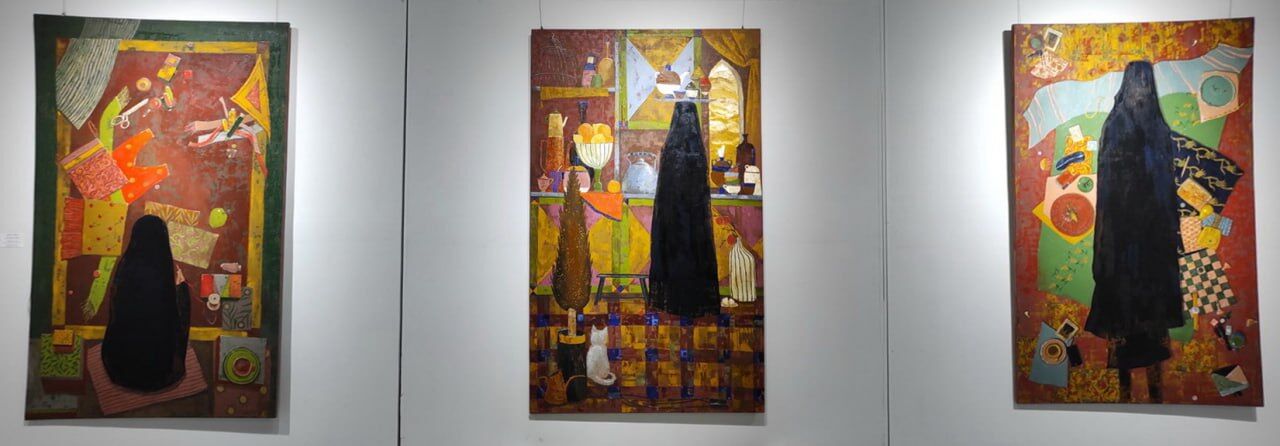
Photo provided by Rushana Alimova
«My project was a series titled ‘Boundaries.’ In it, we see a black silhouette of a woman in a chador, like a void on the canvas. This is a symbol of the issue of women’s oppression, their dissolution into everyday life, and material accumulation. Is the chador a shroud, or is it a curtain of hypocrisy?
I’ve participated in many festivals and exhibitions, but this was my first biennale, and winning first place was a surprise for me».
Makhbara Abbasova – curator and art historian from Azerbaijan. Currently, she heads the Innovation Department at the Azerbaijan National Museum of Art and has been lecturing at the Azerbaijan State University of Culture and Arts for ten years:
«My curatorial project, ‘Invisible Worlds,’ features work by three Azerbaijani artists — Nargiz Askerova, Emin Mazers, and Shalala Salamzade.
I was confident that I would be among the ten honorable mentions as a curator who believes in the strength and appeal of my project. But achieving second place was something I didn’t expect. I am grateful to the organizers, the biennale’s chief curator, and the jury members for such a high evaluation! This is a great honor and a significant step forward in my creative journey.
I would also like to congratulate all the artists who took part in the 10th Tashkent Biennale of Contemporary Art. This platform provides a unique opportunity for the exchange of ideas and mutual inspiration. I feel proud to have been part of this significant event. I am sincerely grateful to the organizers, jury members, and all participants for this invaluable experience and their contribution to cultural development. I eagerly anticipate future projects and opportunities to participate in similar events.»
Ludviga Nesterovich – a sculptor from Uzbekistan, showcases remarkable skill by creating unique art pieces using a variety of natural and synthetic materials. Her works are characterized by a seamless blend of professional talent and an innate sense of form:
«During this Biennale of Contemporary Art, I collaborated with Anton Pesnya, who created animation effects for my sculptures. In my view, this partnership gave our exhibit a unique character.
Most of my sculptures are crafted from natural stone, but there are also works made from synthetic materials, including ‘Peace,’ ‘Growth,’ and ‘Willow.’
Our project aimed to demonstrate the beauty and diversity of the world around us. We wanted to show that even fantastical images can be beautiful and benign. For example, the sculpture ‘Invasion,’ depicting a gathering of snails devouring leaves and the tree’s trunk, loses its menacing tone through its title. Similarly, the final piece, ‘Bull,’ though equipped with impressive horns, doesn’t convey an image of aggression or menace.
In today’s world, filled with negative phenomena and tension, we strive to highlight the importance of appreciating small joys and treating them with care. We genuinely hope that our works inspire viewers to consider the importance of preserving natural harmony and all that brings us joy.
As artists, we are constantly exploring new themes, experimenting with materials, and pushing the boundaries of visual techniques. The Biennale provides a unique opportunity to present the results of our creative explorations to a wide audience. And, without a doubt, the appreciation from viewers is the best reward and affirmation of the significance of our work. »
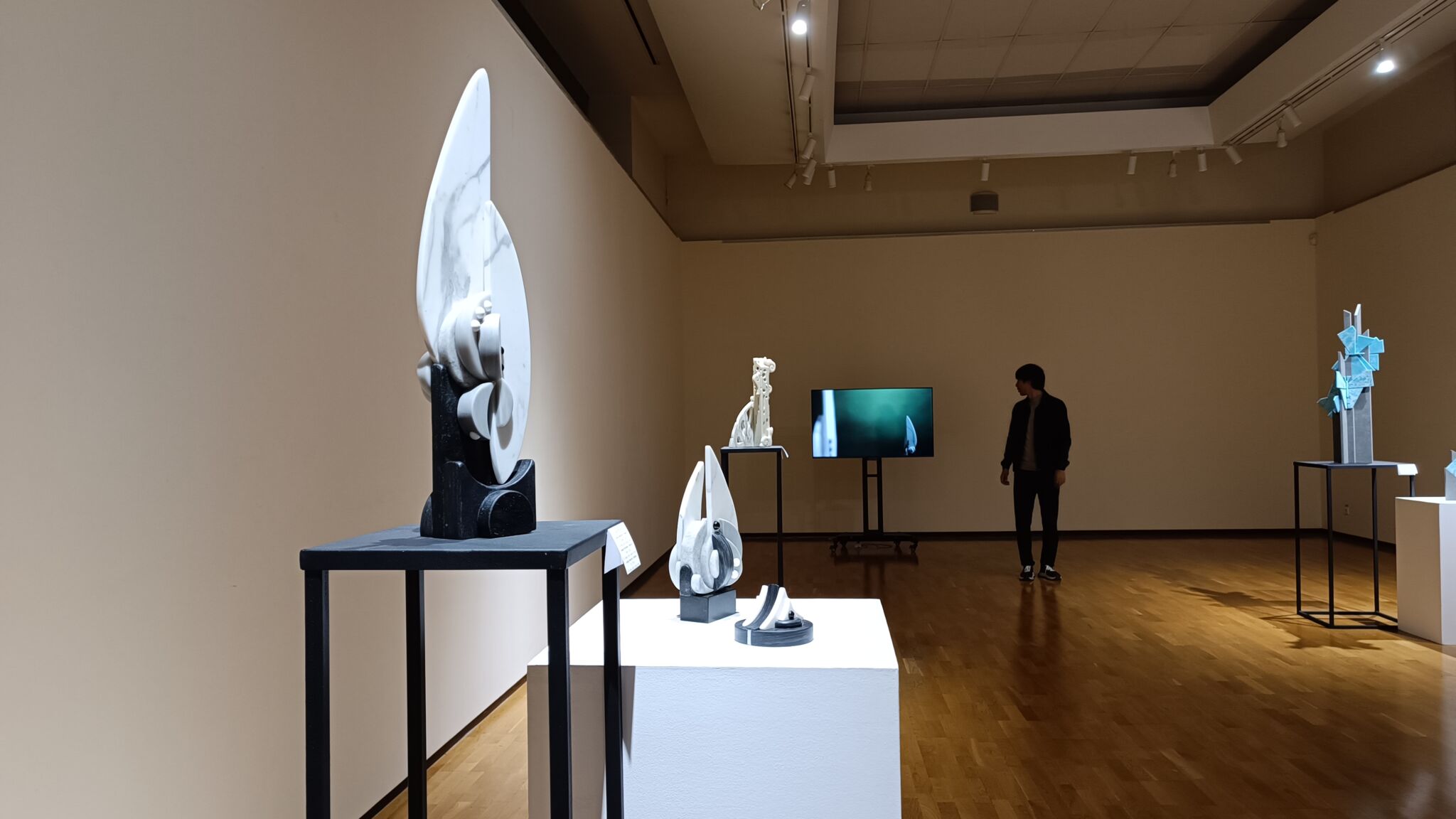
Photo provided by Lyudviga Nesterovich
Kamran Muradov is Azerbaijani photographer representing the "Zira" cultural center. In his exhibition of five works, Kamran Muradov explores the expression of emotions through objects. For instance, the piece titled "Lighthouse" symbolizes hope and encourages people not to lose faith in a brighter future, while "A New Day" invites viewers to reassess life and view the world from a fresh perspective. Muradov seeks to inspire audiences to break free from the familiar and discover new horizons.
"First and foremost, I was deeply impressed by the culture and landmarks of Uzbekistan, as well as the hospitality of the Uzbek people.
I express my sincere gratitude to the organizers of this project. Participating in the Biennale has been a truly educational experience for me."

«New day», photo by Kamran Muradov
